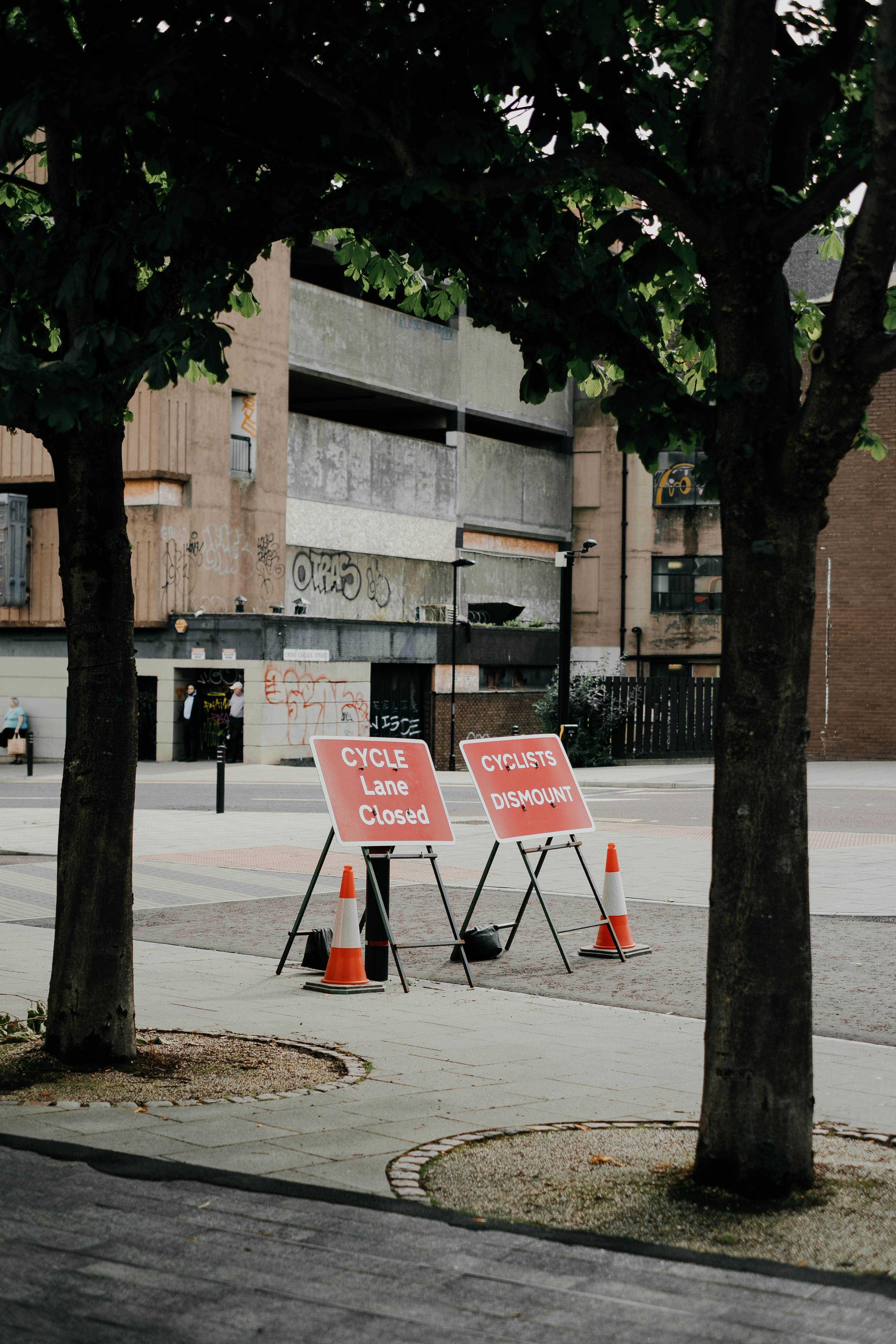In the world of cryptocurrency, a hot topic of discussion revolves around Initial Coin Offerings (ICOs) and the regulatory measures put in place to safeguard investors. With the surge in popularity of ICOs and the inherent risks associated with this investment avenue, it becomes vital to understand the protective regulations in play. This article explores the various measures implemented to ensure investor protection in the realm of ICOs, shedding light on the importance of regulatory frameworks and their potential impact on the rapidly evolving cryptocurrency landscape.
Overview of Initial Coin Offerings (ICOs)
Definition of Initial Coin Offerings
Initial Coin Offerings (ICOs) are a crowdfunding method used by startups or projects to raise capital in the form of digital assets or cryptocurrencies. In an ICO, companies create and issue their own tokens or coins, which can be purchased by the public in exchange for other established cryptocurrencies such as Bitcoin or Ethereum. These tokens represent a form of investment in the project or company and can have various utilities within their respective ecosystems.
Popularity and Growth of ICOs
ICOs have gained significant popularity in recent years, attracting both traditional investors and individuals seeking new investment opportunities. The growth of ICOs can be attributed to several factors, including the potential for high returns on investment, access to early-stage investment opportunities, and the ease of participation enabled by blockchain technology. The global ICO market has seen exponential growth, with billions of dollars raised through ICO campaigns.
How ICOs Work
ICO campaigns typically involve several key steps. First, the project team develops a concept and creates a whitepaper that outlines the project’s goals, technical details, and proposed tokenomics. The whitepaper serves as a crucial document for potential investors to understand the project’s viability and potential. Next, the team sets a fundraising goal and decides on the terms of the ICO, including the token distribution, pricing, and duration of the campaign.
During the ICO, interested investors can purchase the project’s tokens using established cryptocurrencies. The project team then uses the raised funds to develop and execute their project roadmap. Following the successful completion of the ICO, the tokens are usually listed on various cryptocurrency exchanges, allowing investors to trade them.
Potential Risks in ICOs
Lack of Regulation
One of the major challenges associated with ICOs is the lack of comprehensive regulation in many jurisdictions. Unlike traditional financial markets, ICOs operate in a relatively unregulated environment. This lack of oversight creates a higher risk for investors, as they may not have the same protections or legal recourse as in traditional investment avenues.
Fraudulent ICOs
The popularity of ICOs has also attracted fraudulent actors seeking to exploit unsuspecting investors. Scammers may create fake projects, promising high returns or revolutionary products, only to disappear with investors’ funds. These fraudulent ICOs often rely on deceptive marketing tactics and false information, making it crucial for investors to exercise caution and conduct thorough due diligence.
Lack of Investor Protection
Due to the absence of regulatory frameworks, investors participating in ICOs have limited legal protection and recourse if the project fails or turns out to be a scam. Unlike traditional investments, ICO tokens are often not backed by physical assets or subject to the same level of financial scrutiny. As a result, investors face higher risks of losing their capital, particularly in cases of project failure or market volatility.

The Role of Regulatory Bodies
Securities and Exchange Commission (SEC)
In the United States, the Securities and Exchange Commission (SEC) plays a significant role in regulating ICOs. The SEC determines whether a particular token qualifies as a security under existing securities laws. If classified as a security, the ICO must be registered with the SEC or comply with appropriate exemptions. The SEC also monitors and takes enforcement actions against fraudulent ICOs.
Commodity Futures Trading Commission (CFTC)
The Commodity Futures Trading Commission (CFTC) in the United States regulates digital currencies that are considered commodities. While not directly focused on ICOs, the CFTC ensures that cryptocurrency derivative products are traded on regulated exchanges and subject to appropriate oversight. This helps protect investors from fraudulent or manipulative practices in cryptocurrency trading.
Financial Conduct Authority (FCA)
In the United Kingdom, the Financial Conduct Authority (FCA) regulates ICOs under existing financial regulations. The FCA assesses whether an ICO falls within the scope of its regulatory framework, determines if the tokens are considered securities or financial instruments, and enforces compliance with anti-money laundering (AML) and investor protection measures.
Regulatory Measures to Protect Investors
Disclosure Requirements
Regulatory bodies often impose disclosure requirements on ICO projects to ensure investors receive accurate and transparent information. These requirements typically include detailed whitepapers that clearly articulate the project’s objectives, technology, and token distribution plans. Additionally, projects may need to disclose the identities and backgrounds of key team members and advisors, as well as any potential conflicts of interest.
Anti-Money Laundering (AML) Regulations
To address money laundering risks associated with ICOs, regulatory authorities have implemented AML regulations. These regulations require ICO projects to implement Know Your Customer (KYC) procedures, verifying the identities of investors and conducting due diligence on their sources of funds. By adhering to AML regulations, ICOs can help prevent illicit activities such as money laundering and terrorist financing.
Investor Accreditation
Some regulatory frameworks impose investor accreditation requirements on ICO participants. Accreditation criteria may include minimum income or net worth thresholds, professional qualifications, or compliance with specific investment limits. These measures aim to limit participation to individuals or entities with a certain level of financial literacy and capacity to absorb potential losses.
Investor Education and Awareness
Regulatory bodies recognize the importance of educating investors about the risks and potential rewards associated with ICO investments. Investor education campaigns and awareness initiatives help prospective investors make informed decisions, understand the underlying technology, and identify warning signs of fraudulent ICOs. Through educational efforts, regulators aim to empower investors to protect themselves from scams and financial losses.

Securities Laws and ICOs
Determining Whether an ICO is a Security
One of the key regulatory challenges in the ICO space is determining whether a particular token qualifies as a security under existing securities laws. Regulators, such as the SEC in the United States, analyze various factors, including the economic substance of the token, the level of investor expectation of profits, and the degree of decentralization, to make this determination. If deemed a security, the ICO must comply with securities laws, such as registration or exemption requirements.
Regulatory Actions Against ICOs
Regulatory bodies have taken actions against ICO projects that fail to comply with existing securities laws or engage in fraudulent activities. Enforcement actions can include fines, cease-and-desist orders, and even criminal charges against individuals involved in fraudulent ICO schemes. By taking a proactive stance, regulators aim to deter illicit activities and protect investors from financial harm.
Token Classification
Regulators around the world are also grappling with the question of how to classify various tokens issued through ICOs. Tokens can serve different functions, including utility tokens that provide access to specific services or platforms, security tokens that represent ownership or equity in an underlying asset, or hybrid tokens with characteristics of both. Proper token classification is crucial for determining regulatory requirements and ensuring investor protection.
Jurisdictional Variations in ICO Regulations
United States
In the United States, ICOs face a complex regulatory landscape, with different regulatory bodies overseeing different aspects. The SEC and CFTC regulate ICOs from a securities and commodities perspective, respectively. Determining compliance obligations and navigating the regulatory requirements can be challenging for ICO projects operating in the U.S.
European Union
The European Union (EU) has adopted a more harmonized approach to ICO regulations. The EU’s Markets in Financial Instruments Directive (MiFID II) and Anti-Money Laundering Directive (AMLD) apply to ICOs, providing a framework for investor protection and AML measures. However, individual member states may have additional regulations that ICOs must adhere to when operating within their jurisdictions.
Switzerland
Switzerland has emerged as an attractive jurisdiction for ICOs due to its favorable regulatory environment and supportive stance towards blockchain and cryptocurrencies. The Swiss Financial Market Supervisory Authority (FINMA) provides guidelines for ICO projects, offering clarity on the legal requirements for token issuers and ensuring compliance with AML regulations.
Singapore
Singapore has established itself as another hub for ICOs, with clear guidelines from the Monetary Authority of Singapore (MAS). The MAS regulates ICOs that fall within the definition of securities under Singapore’s Securities and Futures Act (SFA). Token issuers must comply with licensing and prospectus requirements, promoting investor protection and market integrity.

Industry Self-Regulation
Code of Conduct
In addition to government regulations, the cryptocurrency industry has seen the emergence of self-regulatory initiatives, such as industry-wide codes of conduct. These codes outline ethical standards and best practices for ICO projects and participants, aiming to foster trust, transparency, and responsible conduct within the industry.
Best Practices
Various organizations within the blockchain and cryptocurrency space have developed best practices for ICOs. These practices cover areas such as token sale transparency, investor communication, security measures, and governance frameworks. Adhering to these best practices can help ICO projects maintain credibility and mitigate potential risks for investors.
Self-Regulatory Organizations
Some jurisdictions have established self-regulatory organizations (SROs) to oversee and regulate ICOs. These SROs often work in collaboration with government authorities to set industry standards, enforce compliance, and provide a forum for dispute resolution. By promoting self-regulation, these organizations aim to strike a balance between innovation and investor protection.
Importance of Due Diligence and Research
Evaluating the ICO Team
Investors considering participating in an ICO should conduct thorough due diligence on the project team. Assessing the experience, expertise, and credibility of the team members can provide insights into their ability to deliver on the project’s goals. It is essential to research the backgrounds of key team members and advisors, ensuring their qualifications align with the project’s objectives.
Assessing the Whitepaper
The whitepaper serves as a roadmap for the ICO project, providing crucial information about its technical aspects, market opportunity, and token distribution plans. Investors should carefully evaluate the whitepaper, analyzing the project’s feasibility, viability, and potential risks. It is advisable to look for red flags or inconsistencies within the whitepaper that may indicate fraudulent or poorly thought-out projects.
Studying the Token Economy
Understanding the token economy is vital for evaluating an ICO’s potential value and utility. Investors should assess how the tokens will be used within the project’s ecosystem and whether their demand is likely to increase over time. Analyzing tokenomics, such as supply and demand dynamics, token utility, token distribution, and lock-up periods, can provide insights into the long-term viability of the investment.
Investigating the Legal and Regulatory Compliance
Investors should analyze whether an ICO project complies with relevant legal and regulatory requirements. This includes assessing whether the project has obtained any necessary licenses or authorizations, complies with AML regulations, and adheres to security laws if the tokens are classified as securities. Investing in projects that prioritize legal and regulatory compliance helps mitigate risks and adds an extra layer of protection for investors.

Investor Redress and Legal Remedies
Reporting Fraudulent ICOs
If investors encounter a fraudulent ICO or suspect any wrongdoing, they should report it to the appropriate regulatory authorities. By reporting such cases, investors play an important role in aiding investigations and preventing further financial harm to others. Regulatory bodies rely on reports from investors and whistleblowers to take swift action against fraudulent ICOs.
Legal Actions Against Scammers
In cases of fraudulent ICOs, investors may pursue legal actions against scammers to recover their losses. This can involve filing lawsuits, participating in class-action lawsuits, or seeking criminal charges against individuals involved in the scam. While legal remedies may not always guarantee full recovery, they serve as a deterrent and may help retrieve some of the invested funds.
Class-Action Lawsuits
In situations where a large number of investors have been defrauded, class-action lawsuits can be an effective way for investors to seek compensation collectively. Class-action lawsuits consolidate individual claims into a single legal action, reducing costs and increasing the chances of recovering lost funds. However, the success of such lawsuits depends on various factors, including jurisdiction, evidence, and the ability to identify responsible parties.
Future of ICO Regulations
Global Standardization of ICO Regulations
As the ICO market continues to evolve, there is a growing need for global standardization of ICO regulations. Currently, different jurisdictions have varying approaches to ICO regulation, causing ambiguity and hindering cross-border investment. Harmonizing regulations and creating internationally accepted standards would provide clarity and promote investor confidence in the ICO market.
Evolving Regulatory Frameworks
Regulatory bodies are continually adapting their frameworks to address the unique challenges posed by ICOs. With increasing awareness of the risks and the need for investor protection, regulators are likely to refine existing regulations and introduce new measures to safeguard investors. This will involve close collaboration between regulators, industry participants, and other stakeholders to strike the right balance between regulatory oversight and fostering innovation.
Balancing Innovation and Investor Protection
Moving forward, regulators face the challenge of fostering innovation in the ICO space while ensuring adequate investor protection. Striking the right balance is crucial to avoid stifling technological advancements while safeguarding investors’ interests. Regulators will need to embrace a forward-thinking approach that allows for innovation while implementing robust measures to mitigate risks and foster trust in the ICO ecosystem.
In conclusion, the regulation of ICOs aims to strike a balance between promoting innovation and protecting investors. While there are risks associated with ICO investments, regulatory measures and due diligence can help mitigate these risks. As the ICO market continues to evolve, it is crucial for regulatory bodies, industry participants, and investors to adapt and collaborate to ensure the integrity and sustainability of the ICO ecosystem.

